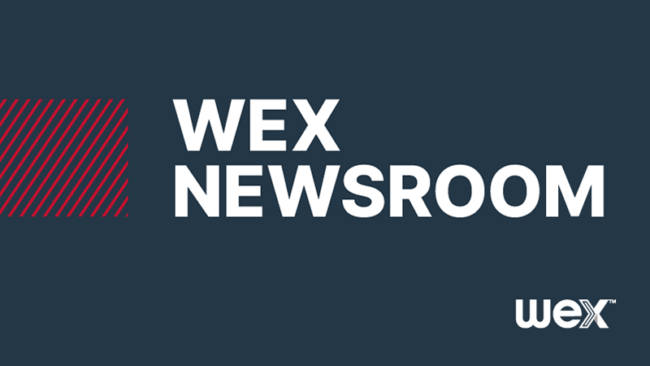Stay connected
Subscribe to our Inside WEX blog and follow us on social media for the insider view on everything WEX, from payments innovation to what it means to be a WEXer.

We can expect more mixed-energy fleets on the roads as they’re projected to increase over the next few years. A recent study by Frost & Sullivan, commissioned by WEX, indicates a significant rise in mixed-energy fleets as commercial EV adoption accelerates. In fact, according to the survey, 80% of fleet operators who already have a mix of internal combustion engine (ICE) and electric vehicles (EVs) plan to have at least 25% of their fleet be electric by 2030. Nearly 50% anticipate that EVs will make up half or more of their fleet by then.
The shift is driven by a growing emphasis on sustainability. As Carlos Carriedo, Chief Operating Officer, Americas Payments & Mobility at WEX said: “Decarbonization has become a top priority for organizations of all sizes and transitioning towards mixed-energy fleets is one effective way to achieve that. Fleet managers aren’t debating if they should go electric, they’re figuring out the best way to integrate EVs and internal combustion engine (ICE) vehicles.”
The benefits of incorporating EVs into commercial fleets are clear – but the transition takes time. EV adoption can align with environmental goals, meet public and policy demands for zero-emission transportation, and appeal to eco-conscious customers. However, the path to electrification isn’t without its challenges. High upfront costs, infrastructure concerns, and varying adoption rates across companies and governments all play a role.
To better understand the commercial EV adoption landscape, the researchers surveyed over 500 commercial mixed-energy fleet operators (ranging in size from 2 to 500+, with at least 1 EV in the inventory) across Europe, North America, and Asia-Pacific. You can read more about what’s happening in the United States further below.
The findings highlight several key trends driving the shift to mixed-energy fleets:
The takeaway? The transition to mixed-energy fleets is well underway. While challenges to adopting EVs remain, the benefits are clear and organizations are actively seeking solutions to streamline the process.
Here’s a look at how surveyed organizations in the United States (110) reported navigating the transition to mixed-energy fleets:
Read the press release announcing the report’s launch.
Dig into insights from other markets:
For the latest news from WEX, visit the Newsroom. For investor relations, go here.
Subscribe to our Inside WEX blog and follow us on social media for the insider view on everything WEX, from payments innovation to what it means to be a WEXer.